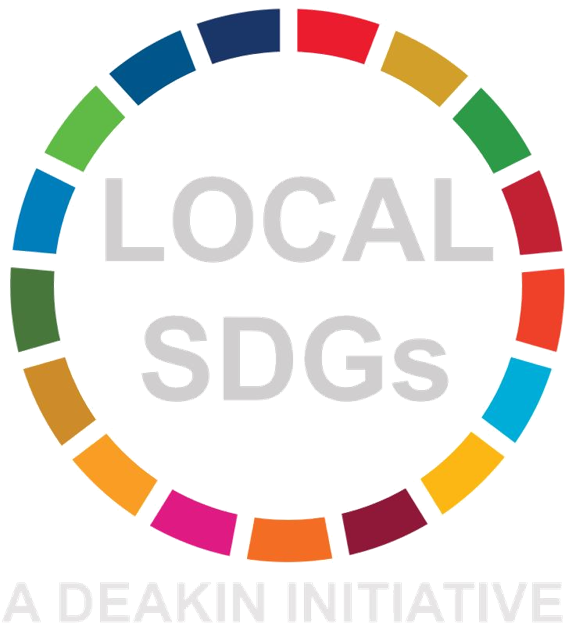by Reihaneh BandariThe United Nations adopted the 2030 Agenda for Sustainable Development in 2015. It consists of 17 goals and 169 targets that range from environmental, social, and economic aspects. The aim of this project is downscaling of the SDGs at a local level to develop a general framework for future-proofing the sustainability of local communities in regional Australia such as the Goulburn-Murray irrigation district.
Goulburn-Murray region north central VictoriaContextual Analysis
For reaching this goal, we first go through the literature review and try to code statements by software package NVivo 12. The statements from different documents such as papers, reports and community interviews in the GMID project[1] were coded to relevant SDGs. One of the strengths of Goulburn-Murray is the high amount of information and research available. This region contributes significantly to agriculture and the economy in Australia. Then the top seven SDGs were identified by the number of coded statements across all documents as most concerns in this region from NVivo. This contextual analysis gave us a shortlist of priority SDGs and concerns in GMID. The six most frequently coded SDGs across all documents analysed are:
Clean water and sanitation SDG 6
Industry, innovation and infrastructure SDG 9
Life on land SDG 15
Zero hunger SDG 2
Climate action SDG 13
Decent work and economic growth SDG 8
Some statements which related to the six most frequently coded SDGs across all documents that illustrate the main concerns in the region are exemplified here. The Goulburn–Murray region is regarded as Australia’s food bowl. The irrigated agriculture in GMID is a key economic sector and provides significant employment opportunities with more than 10,000 jobs in the GMID, it is the vastest irrigated area in Australia. It produces more than $6 billion of production value each year (1, 5, and 9). “Currently around 30% – up to 900 GL – of water in the Goulburn and Murray irrigation systems is lost annually through system inefficiencies.” (7). Irrigation modernisation projects can help water savings from loss of inefficiencies irrigation system (6).
Also some changes affecting the irrigation industry include climate change that cause drought conditions, increased evaporation and decrease precipitation and allocating water to the environment resulting in less water being available for extractive industries such as irrigation (2, 3, and 9). Also “climate change will affect native flora and fauna in complex and often unpredictable ways. Current threats to biodiversity, including the impact of habitat loss, weeds, pest animals and drought, are expected to intensify (4).”
References:1. Water G-M. Corporate Plan 2018/19 to 2022/23. 2018.
2. Authority GBCM. Goulburn Broken Regional Floodplain Management
Strategy 2018-2028. 2018.
3. Authority MDB. Basin Plan Annual Report 2017–18. 2018.
4. Authority NCCM. North Central Climate Change Adaptation and
Mitigation Plan. 2015.
5. Authority VP. Shepparton & Mooroopna 2050 - Regional City Growth
Plan - Key Issues and Opportunities. 2019. State Government
Victoria DOSE. Water Savings Protocol
6. Technical Manual for the Qualification of Water Savings in
Irrigation Water Distribution Systems. 2012.
7. State of Victoria DoSaE. Our Water Our Future The Next Stage of the
Government’s Water Plan. 2007.
8. Water G-M. 2017/18 Annual Report. 2018. 2018.
9. Wolfenden J, Evans M, Essaw D, Johnson F, Sanderson A, Starkey G,
et al. Resilience Management A Guide for Irrigated Regions,
Communities and Enterprises. 2007.[1] Enabling community adaptation in the Goulburn-Murray Irrigation District: Scoping study report





